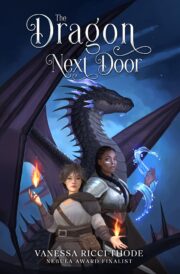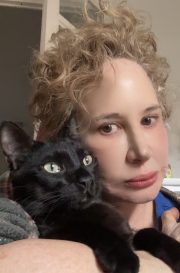Seven Days on Skokholm: Part Three
by Sylvia Spruck Wrigley
(Part One can be found here.)
My first morning on the island, I wake at 6am. I am determined to write. The first priority: a writing spot to call my own.
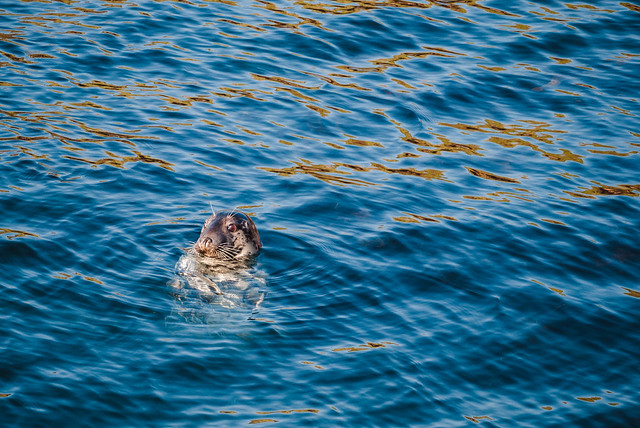
The bird hides are quiet and only fit two people. They are sheltered from the wind and many have a small ledge. I load up my backpack with iPad and keyboard and spare battery pack and go for a second walk around the island. I will test each bird hide for comfort and writing effectiveness.
I start by considering my requirements. I need a seat and a desk or ledge–I have never been able to use a laptop in my lap. I’d like to be under cover with no direct light on my screen. I don’t mind a light breeze but today the wind is howling, so I’ll clearly need protection from the elements. As I wander along the island, I realise it also needs to be far enough from the nesting birds: the piercing cries of the oystermouths who think I am too close to their fledglings is not conducive to a good writing atmosphere.
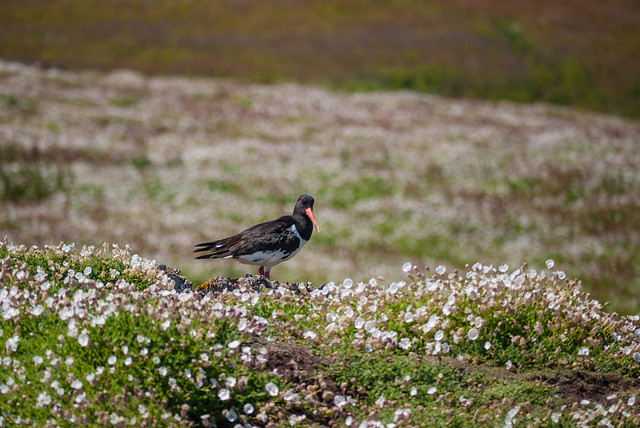
I make a list.
North Pond: A modern hide with a lovely view over the pond and marshlands. Unfortunately easy to dismiss: it has a bench but no ledge, so there’s no place to put my keyboard.
The Neck: A beautiful old wooden hide perched on a cliff’s edge looking out over the wheeling seabirds. I like to think that it was built from spare timber from the shipwreck. Unfortunately, that’s not all it has in common with a shipwreck: the wind blows cold through the cracks and the wooden covers of the windows are attached with just a twisted piece of clotheshanger. Or at least they were, in my attempts to block out the wind I find myself holding pieces of the hide in my hand. I put it back together as best as I can and move on.
Crab Bay: This hide is comfortable, protected from the wind, and the windows on all sides open to views of the puffins flying to and from their burrows. Gulls lie in wait, hoping to scare a puffin into dropping his beakful of sand eels. There are three seals paddling in the shallow water of the bay below me. Even when writing, the flit-flit-flutter of the puffins distracts me, keeps me looking up to see. This hide is comfortable as an office but perhaps a mite too interesting to allow me to write. Also, it is one of the most popular with the birdwatchers and I feel bad using it when others who want to look out might be interested.
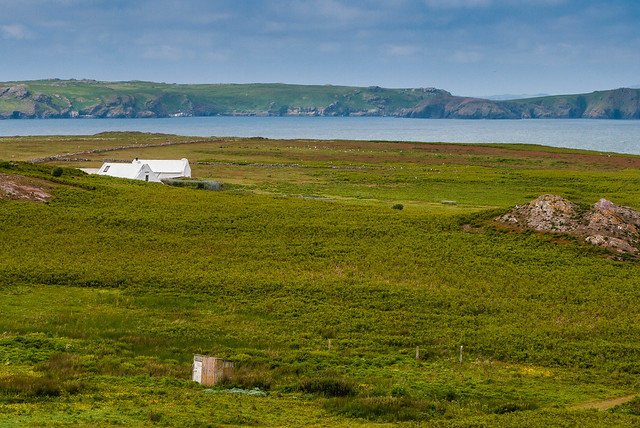
Safehaven: A beautiful spot perched on the side of the cliffs, with a view of the headstone of the Alice Williams and seals cavorting down by the jetty below. But the window ledge is just not quite wide enough to balance my keyboard on and the wind gusts in.
The Lighthouse: I discover a new criterion: Not full of spiders.
The Well: This hide is half lost in the tall reeds that grow at the natural spring of the Well. The ledge is wide and comfortable and the sliding windows let in the sunshine but can be closed to block out the wind. The east side of the island is in sight of the mainland and if I hang my cell phone out of the window, I can pick up enough 3G to connect for email.

I adopt the hide at the Well as my working office. I wonder if I can get a sign: The Writer is In. It’s not actually needed: I am the only person on the island who would sit in a bird hide with the doors and all windows open, rather than a tiny opening with a pair of binoculars peering out.
At the end of the second day, I am caught up on all my email, including a lovely email from a seventeen-year-old from New York who asks if I have any tips for a girl who wants to write short stories. Where do I get my ideas?
I stare out at the wheelings gulls and consider what I would say now to the seventeen-year-old I was.
“Do things that scare you. Do things that seem silly. Do things because they seemed like a good idea from a hundred miles away.”
And then, because I’m afraid I sound much too new-age about it all, I add one more line of practical advice.
“Also, just keep writing, even when it seems stupid. You’ll need to use up a whole lot of words to get to the good ones.”
I jump a mile to hear my name from behind me. Richard is there, laughing at me.
“You aren’t the first to use this as an office.”
“It’s the one with the best desk,” I tell him.
“It’s the one with signal,” he says with a knowing smile and hikes off back to the cottage.
On Day Two, I have walked almost eight miles and taken 147 photographs. My wordcount, (not including email, Facebook, Twitter) is 2,312.
This isn’t quite going to plan.
•••
•••
Sylvia Spruck Wrigley was born in Germany and spent her childhood in Los Angeles. She emigrated to Scotland where she guided German tourists around the Trossachs and searched for the supernatural. She now splits her time between South Wales and Andalucia where she writes about plane crashes and faeries, which have more in common than most people might imagine. Her fiction was nominated for a Nebula in 2014 and her short stories have been translated into over a dozen languages. Her novella, Domnall and the Borrowed Child, is forthcoming from the Tor.com imprint in November 2015. You can find out more about her at http://www.intrigue.co.uk/

